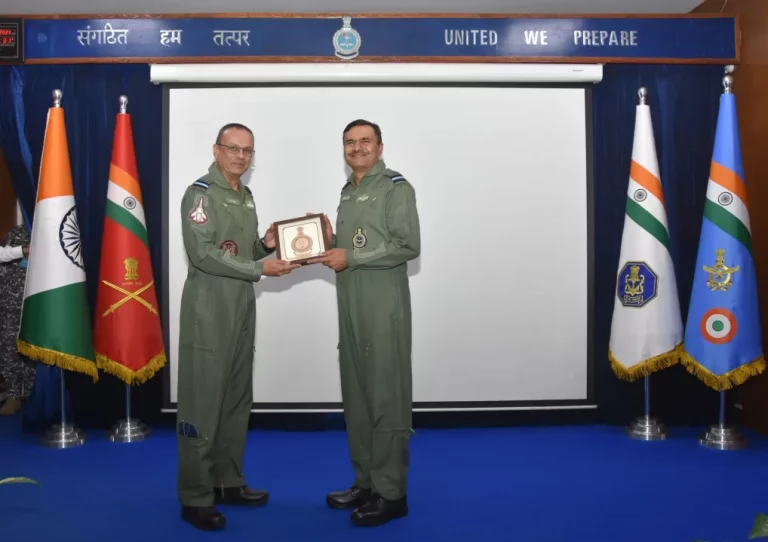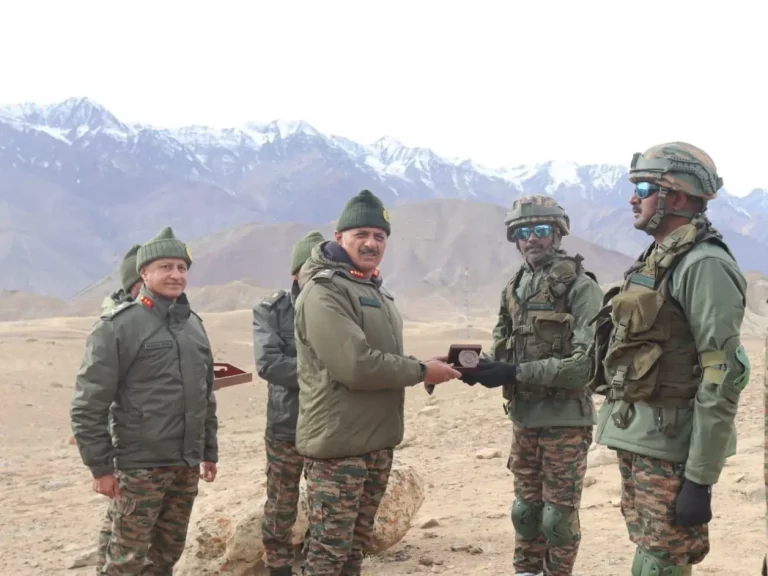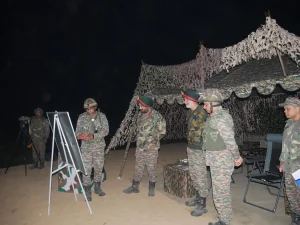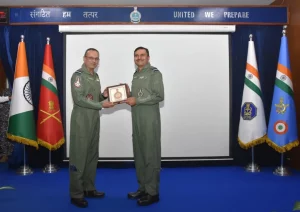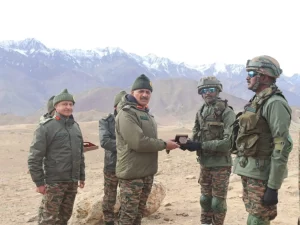India’s defence sector is witnessing a transformative phase of global recognition and strategic outreach, significantly influenced by the recent Operation Sindoor. This mission has not only highlighted India’s operational excellence and technological prowess but has also substantially altered how international partners view Indian defence capabilities.
Countries around the world are beginning to see India not just as a regional military contender but as a credible supplier of advanced technology capable of conceptualizing, developing, and implementing comprehensive defence systems. This shift represents a crucial advancement towards India’s ambition of emerging as a pivotal player in global defence manufacturing and exports.
Central to this evolution is the Defence Research and Development Organisation (DRDO), which has transitioned from a primarily research-focused entity to a dynamic hub of innovation and industrial collaboration. The DRDO has intensified its focus on export-oriented development, reinforcing India’s position in the global defence landscape.
“Our mission today goes beyond research. We are shaping systems that define future warfare — for India and for the world,” stated the DRDO Chief. This emphasis on indigenous technologies underscores the growing global interest in India’s defence innovations.
Key systems like the Akash missile and the Medium Range Surface-to-Air Missile (MRSAM) complexes stand as testimonials to India’s engineering and production capabilities. These all-weather missile systems, which integrate domestic radar, propulsion, and guidance technologies, have garnered attention from various countries across Southeast Asia, Africa, and Latin America, largely due to their reliability and cost-effectiveness.
India’s Airborne Early Warning and Control (AEW&C) system, developed by the DRDO and mounted on an Embraer platform, has emerged as a hallmark of the nation’s aerospace capabilities. This system enhances situational awareness and supports network-centric warfare, providing friendly nations with an alternative to Western surveillance options.
The D4 Anti-Drone Air Defence System (AADS), a significant advancement in modern battlefield defence, developed through collaboration with Indian private companies, has also attracted global interest. Equipped with cutting-edge sensors, jammers, and directed-energy weapons, this system showcased its efficacy during Operation Sindoor, leading multiple countries to explore similar anti-drone solutions.
The BrahMos cruise missile, a joint initiative between the DRDO and Russia’s NPO Mashinostroyenia, continues to be a cornerstone of India’s defence exports. Following its historic sale to the Philippines, India is currently in advanced negotiations with Vietnam, Indonesia, and other Indo-Pacific nations, further establishing itself as a prominent arms supplier in the region.
The DRDO Chief also highlighted the criticality of public-private partnerships in fulfilling India’s export ambitions. Collaborations with firms like Bharat Electronics Ltd (BEL), Larsen & Toubro (L&T), and various Micro, Small, and Medium Enterprises (MSMEs) are fostering an ecosystem for efficient, scalable, and customized production.
Operation Sindoor has been instrumental in demonstrating India’s defence preparedness under combat conditions, highlighting capabilities from precision airstrikes to counter-UAV operations. This has validated years of advancements in indigenous technology.
With an ambitious target of ₹50,000 crore in defence exports set for 2029, India’s defence sector is on a fast-paced growth trajectory. Initiatives like the Defence Production and Export Promotion Policy (DPEPP) and investments in defence industrial corridors are further reinforcing this momentum.
Ultimately, the narrative around India’s defence industry is shifting from self-reliance, known as Atmanirbharta, to attaining global significance. With DRDO-driven systems like Akash, MRSAM, AEW&C, D4, and BrahMos making waves on the international stage, India is not only securing its own borders but is also on the cusp of defining the future landscape of global defence innovation.




